
SpaceX is there again, making headlines for its ambitious missions to explore space and advance space technologies. Now, rumors suggest that SpaceX may be considering a new mission to combat disease in space using robotics.
No, there was no official announcement from SpaceX about this mission yet; but the idea of using robots to combat disease in space makes sense and is a necessary step for the future of space exploration.
Why is Combatting Disease in Space Important?
Scary enough, perhaps the biggest challenge facing space exploration is the health of astronauts. In the microgravity environment of space, astronauts can experience a variety of physical and mental health issues; such issues include bone and muscle loss, cardiovascular changes, and immune system dysfunction. Furthermore, the isolated and confined nature of space missions can also lead to mental health problems, such as depression and anxiety.
Moreover, infectious diseases can spread easily in the closed environment of spacecraft and space stations. Astronauts have to undergo rigorous medical checkups. This includes strict hygiene protocols to prevent the spread of diseases. However, the risk of infection is always present, and the consequences of an outbreak in space can be severe.

Using Robots for Medical Purposes in Space
To address these challenges, space agencies, and private companies have been developing and using robots for medical purposes in space. Robots can perform various tasks that would otherwise be difficult or dangerous for astronauts, such as conducting medical experiments, performing surgery, and assisting with maintenance tasks.
For example, NASA has been using the robot Robonaut on the International Space Station (ISS) since 2011. The robot has two arms and is designed to perform tasks that are dangerous for astronauts or require more dexterity than humans can provide. In addition, NASA has been developing a humanoid robot called Valkyrie, which could assist with space exploration and medical research.
Similarly, SpaceX has been developing its own robots for use in space missions. For example, the Dragon spacecraft that SpaceX launched to the ISS in 2020 carried a robotic arm, called Canadarm2, which is used for various maintenance tasks on the station. SpaceX has also been developing a humanoid robot called Dextre, which could assist with repairs and maintenance outside the ISS.
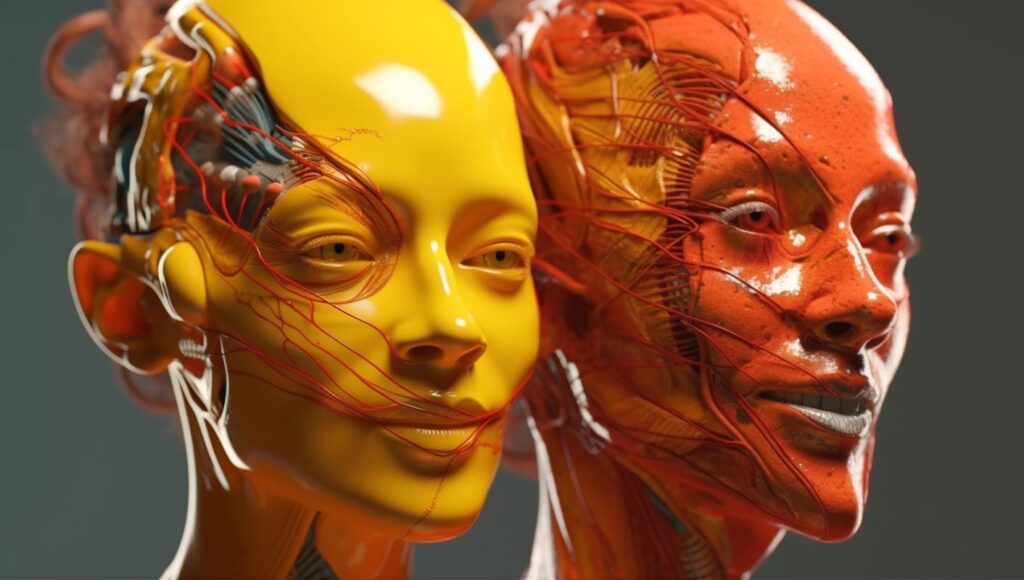
A Mission to Combat Disease in Space
Given the importance of preventing and treating diseases in space, it is logical to assume that SpaceX may be considering a mission that involves using robots to combat diseases in space. Such a mission could involve deploying robots with medical capabilities to assist astronauts in space; this would allow humans to conduct research on how to prevent the spread of diseases in space; it could also help to develop new medical technologies for use in space.
This future mission is a necessary step for the future of space exploration. As humans venture further into space, the need for advanced medical technologies and procedures will only increase.
SpaceX Possible Robotics Mission to Combat Disease in Space is a logical and necessary step for the future of space exploration. Using robots for medical purposes in space can help prevent and treat diseases in space; additionally, it could help to perform tasks that are difficult or dangerous for astronauts. The potential benefits of using robots to combat disease in space make it a logical and necessary step in the near future.
As space exploration continues to expand, the health and safety of astronauts will be a top priority. By utilizing advanced robotics technology, space agencies and private companies can help to address the challenges facing astronauts in space; such challenges include infectious diseases and the effects of microgravity.
Therefore, a possible robotics mission to combat disease in space could improve astronauts’ health and safety and advance medical technologies that could benefit people on Earth. We look to the future of space exploration; and it is exciting to consider the possibilities that robotics technology could bring to this exciting field.
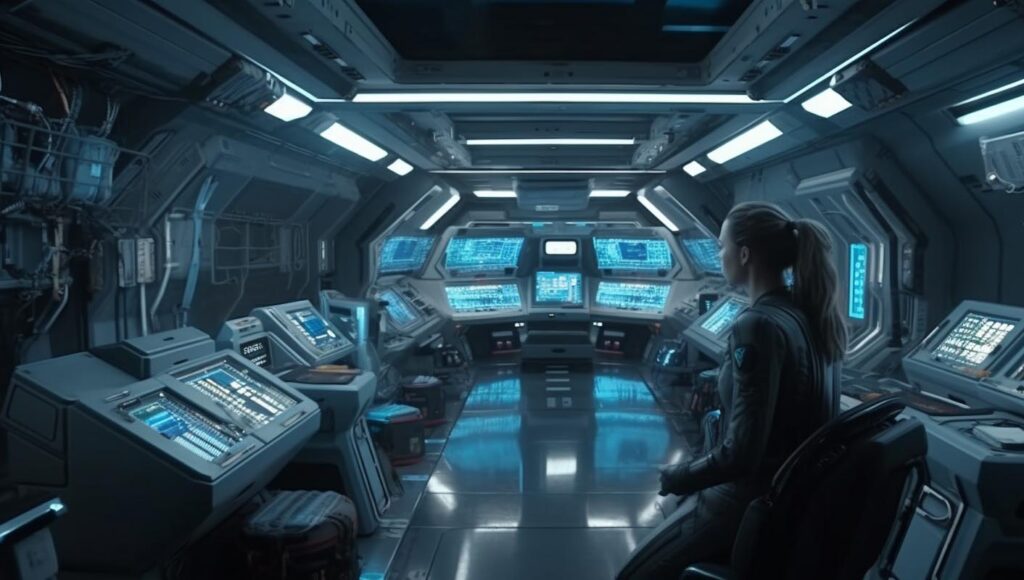
Disease Treatment on ISS: How Advanced Robotics Could Benefit Astronauts
Astronauts on the International Space Station (ISS) – some of the most skilled and highly trained professionals in the world. However, these folks are also extremely vulnerable; they live and work in a harsh environment that exposes them to a range of physical and psychological challenges. One of the most critical challenges facing astronauts on the ISS is the potential for illness and disease; and currently, disease treatment on the ISS is primarily carried out by humans. However, the development of advanced robotics technology could help to improve disease treatment and prevention for astronauts in space.
Current Disease Treatment on the ISS
The ISS is a confined and isolated environment, which means that the potential for infectious diseases to spread is significant. Astronauts on the ISS have to undergo rigorous medical checkups; and they should also follow strict hygiene protocols to prevent the spread of diseases. Any illness or injury is typically treated by the onboard medical team; such a team typically consists of one or two physicians, with support from ground-based medical professionals.
However, the medical team faces significant challenges in treating illnesses in space. The microgravity environment of the ISS can affect the human body in various ways, including bone and muscle loss, cardiovascular changes, and immune system dysfunction. The isolation and confinement of the ISS also initiate mental health problems (e.g. depression and anxiety).

The Benefits of Advanced Robotics in Disease Treatment
To address these challenges, space agencies and private companies are developing and using robots for medical purposes in space. Advanced robotics technology could bring significant benefits to the treatment and prevention of diseases on the ISS.
For example, robots could be used to conduct medical experiments and gather data that could help us better understand the effects of microgravity on the human body. Machines could also assist people with routine medical tasks; such tasks include administering medication and monitoring vital signs. Help from robots would free up human medical personnel to allow people focus on more complex tasks.
Additionally, advanced robotics technology could allow for remote medical procedures to be performed on the ISS. For example, if an astronaut suffers a severe injury that requires surgery, a robot can perform surgery. A doctor-operator would control the robot remotely from Earth to perform the procedure.

Examples of Advanced Robots on the ISS Today
New gen robotics technology is still in development; however, there are already robots in use on the ISS that demonstrate the potential benefits of robotics in disease treatment. One such robot is the Robonaut, developed by NASA and GM. The Robonaut is a humanoid robot that assists astronauts with maintenance tasks and could potentially assist with medical procedures.
Another robot in use on the ISS is the Canadarm2, a robotic arm developed by the Canadian Space Agency. The Canadarm2 is in use for various maintenance tasks on the station; and it has the potential to be used for medical purposes, such as assisting with surgery.
The development of advanced robotics technology could bring significant benefits to the treatment and prevention of diseases on the ISS. Sure, disease treatment on the ISS is carried out primarily by humans; however, using robots could free up human medical personnel to focus on more complex tasks. With the potential for significant improvements in the health and safety of astronauts, the development of new-generation robotics technology in disease treatment on the ISS is an exciting area of research and development.
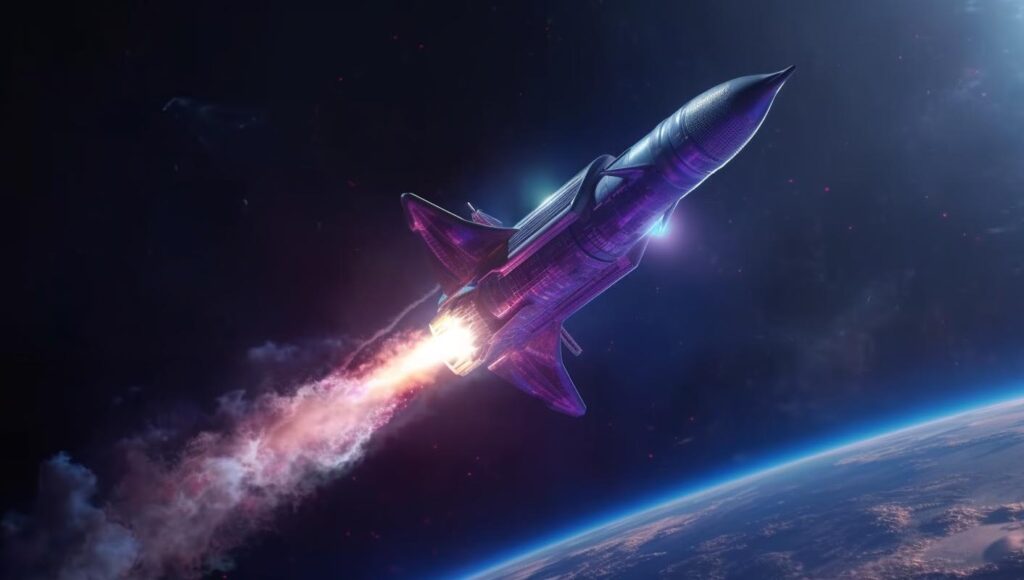
SpaceX’s Upcoming Trip to Mars: The Role of Advanced Robotics in Disease Prevention
SpaceX’s upcoming trip to Mars is one of the most ambitious space exploration missions in history. The journey to Mars is a long and dangerous one, and having healthy people on board will be essential. With the potential for someone to get seriously ill during the mission, the use of advanced robotics technology in disease prevention and treatment could be a game-changer.
The Challenges of a Mars Mission
A trip to Mars is much more complicated than a journey to the International Space Station (ISS). The journey takes about six to eight months; and the crew will be exposed to high levels of radiation, microgravity, and isolation. What if a medical emergency occurs? The crew will be unable to return to Earth quickly; and help from Earth may be days or even weeks away. As a result, having healthy people on board is a must to ensure the success of the mission.
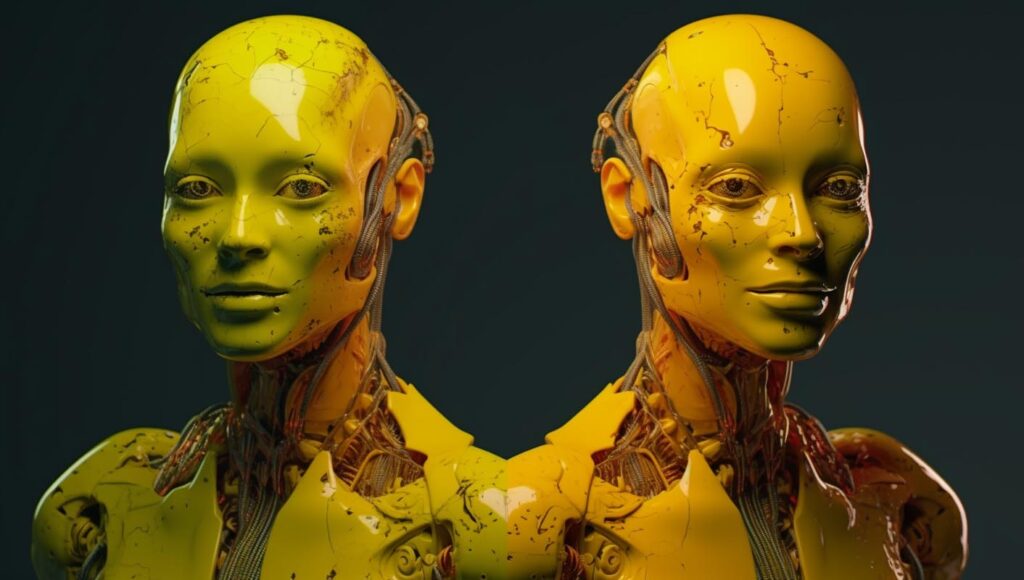
The Role of Advanced Robotics in Disease Prevention
The use of advanced robotics technology in disease prevention and treatment could be a significant advantage for the crew on the Mars mission. Robots could assist the crew in maintaining healthy conditions on board, monitoring vital signs, and carrying out medical procedures.
For example, robots could conduct medical experiments that could help to understand better how microgravity and radiation affect our human bodies. They could also help to identify and isolate any diseases or infections that may be present on board, preventing their spread to other crew members.
Next-generation robotics could also assist with medical procedures. If a crew member suffered a severe injury that required surgery, a robot could be used to perform the procedure remotely, with guidance from a medical expert on Earth.

The Challenges of Developing Advanced Robotics for a Mars Mission
While the potential benefits of advanced robotics in disease prevention and treatment on the Mars mission are significant, the development of such technology presents significant challenges.
The development of advanced robotics technology is a complex and time-consuming process; and it is unclear whether the SpaceX team or its partners will be able to develop and deploy the necessary robots before the mission begins. Additionally, the robots will need to be designed and tested to withstand the harsh conditions of space and be able to operate autonomously for long periods without maintenance.
The upcoming trip to Mars by SpaceX is one of the most significant and ambitious space exploration missions in history. Having healthy crew members on board will be essential to the success of the mission, and the use of advanced robotics technology in disease prevention and treatment could be a game-changer. While the development of such technology presents significant challenges, the potential benefits of advanced robotics in ensuring crew health and safety on the mission are too great to ignore.
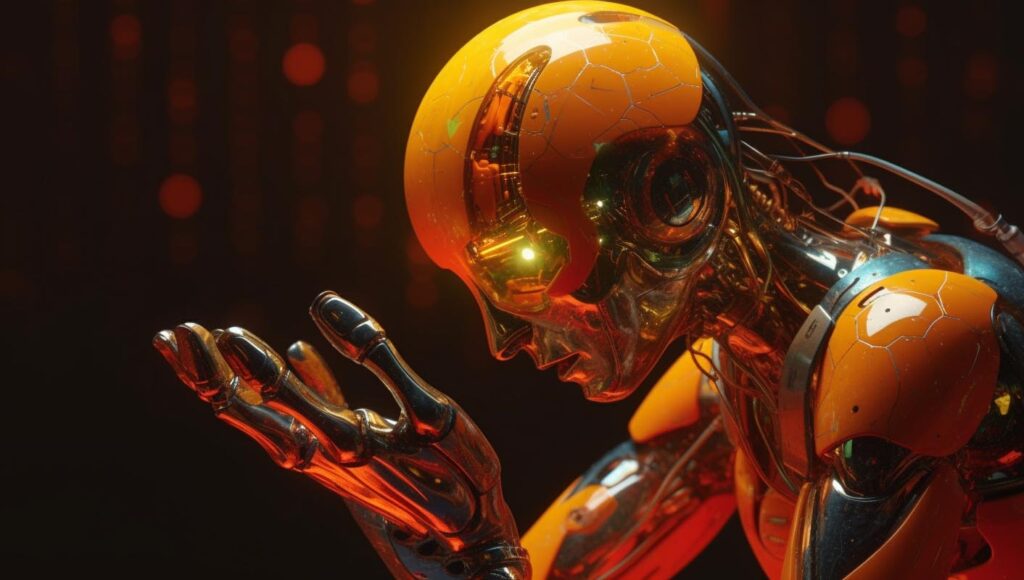
Beyond the Moon and Mars: The Future of Space Exploration and the Role of Robotics in Astronaut Health
As the space industry continues to evolve, companies are looking beyond the Moon and Mars for the next frontier of space exploration. One such area of interest is asteroid mining, with companies like Planetary Resources and Deep Space Industries leading the charge. These missions will require proper equipment and a top priority on astronaut health, with advanced robotics playing a critical role in ensuring the success of each mission.
Asteroid Mining: The Next Big Thing
Asteroid mining involves extracting valuable resources from asteroids in space, including water, minerals, and metals. Would it revolutionize the way we approach resource management? It could. It could provide an alternative to depleting Earth’s natural resources. However, asteroid mining is a complex and challenging undertaking, requiring specialized equipment and trained personnel.
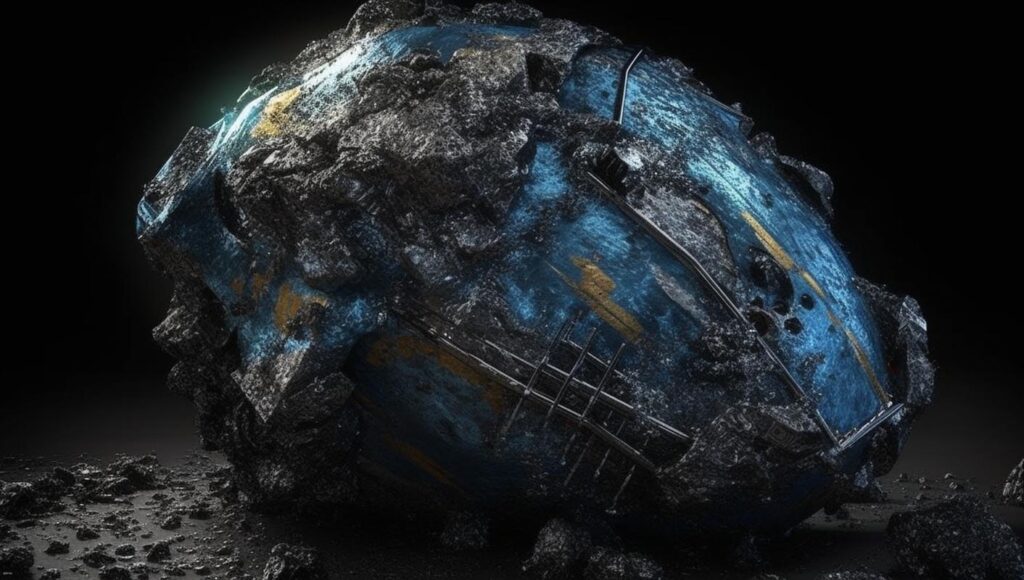
Ensuring Astronaut Health and Safety
The health and safety of astronauts on these missions is of paramount importance. These missions will take place in harsh and hostile environments, where the risk of injury or illness is high. As a result, astronauts will need to have proper equipment and medical resources to ensure their health and safety.
The Role of Robotics in Astronaut Health
Advanced robotics technology will be essential in monitoring astronaut health and providing medical treatment if needed. Robots could assist in performing medical procedures, diagnosing illnesses, and monitoring vital signs. They could also help to identify potential health risks and assist in the development of preventative measures.

The Future of Space Exploration and Robotics
As space exploration missions become more complex and challenging, the need for advanced robotics technology will only continue to grow. Companies are already investing in the development of robotics technology for space exploration, with NASA’s Robonaut program being a prime example.
The future of space exploration holds many exciting possibilities, including asteroid mining and other missions beyond the Moon and Mars. Ensuring astronaut health and safety will be a top priority; and high-level robotics technology will be essential in achieving this goal. As technology continues to advance, we will witness more and more how robots play an increasingly important role in space exploration missions; they will be helping us push the boundaries of what is possible; and they will be opening up new frontiers in our quest for knowledge and discovery.
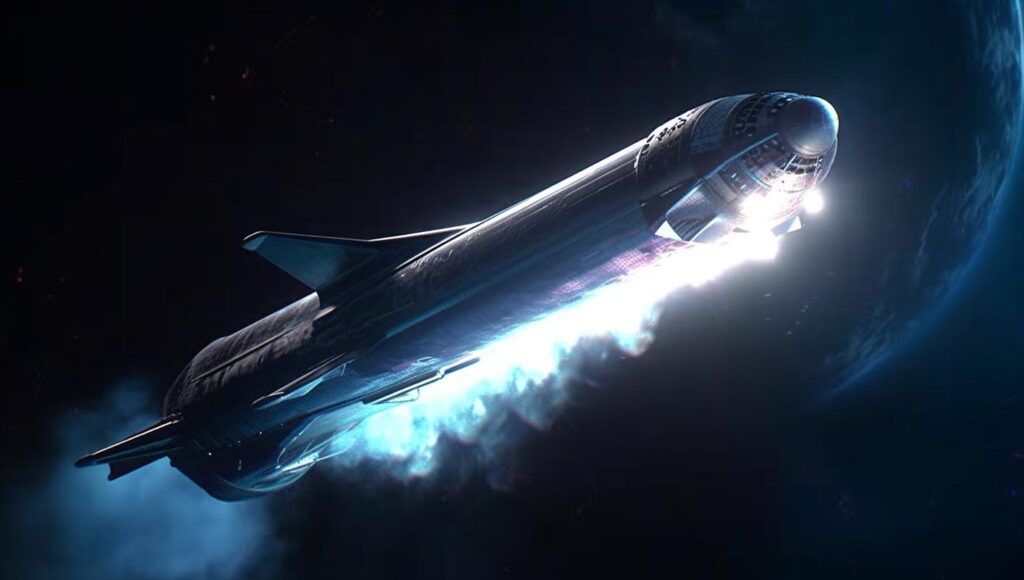
SpaceX: The Leading Pioneer in Space Technology
Space exploration! We love exploring things. It is an integral part of human history, pushing the limits of our understanding and expanding the horizons of our technological capabilities. Over the years, many countries and private companies have made significant strides in space exploration. However, there is one company that has been leading the charge in recent times – SpaceX.
SpaceX has made remarkable achievements in space technology, launching rockets with satellites and astronauts, and preparing for missions to the Moon and Mars. It has also been in view of government agencies with special awards for its contributions to the field. In this article, we will explore why SpaceX is the obvious leader in space technology and what we can expect from its astronauts and robotics in the future.
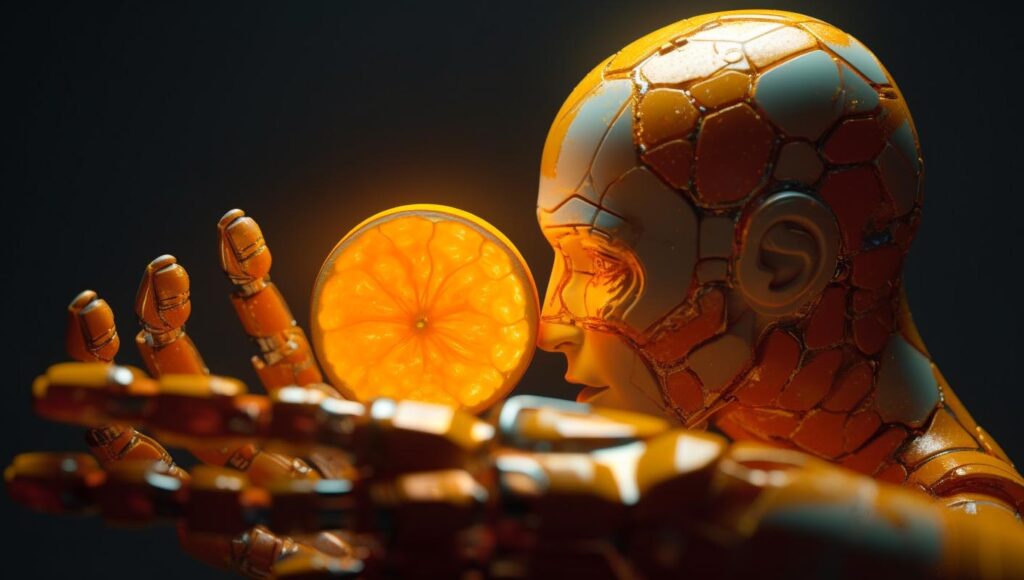
Launches and Missions
One of the primary reasons why SpaceX has gained such a strong foothold in the space exploration field is due to its record of successful launches and missions. Since its inception in 2002, SpaceX has launched over 130 missions into space, including both government and commercial payloads.
Moreover, SpaceX has played a significant role in advancing human spaceflight, with multiple successful launches of astronauts to the International Space Station (ISS). The Crew-1 mission, launched in November 2020, was the very first and most important operational mission of SpaceX’s Crew Dragon spacecraft with astronauts on board. This mission marked the very start of a new era in human spaceflight; the era with private companies like SpaceX playing a more significant role in space exploration.
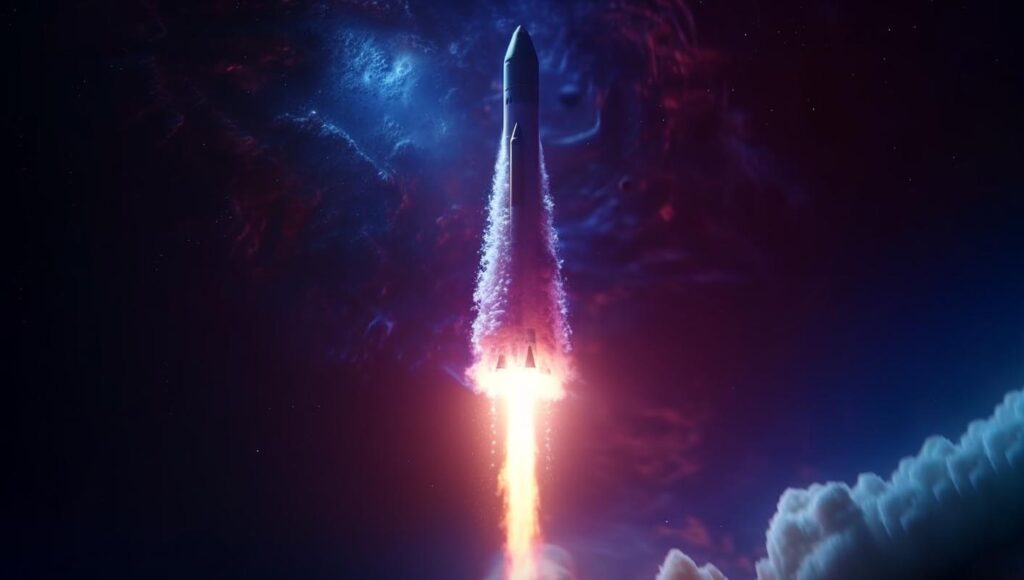
Preparing for the Moon and Mars
SpaceX is not only up to launching satellites and astronauts into space; it also has grand plans for interplanetary travel. The company has been working on its Starship spacecraft, which is there to take humans to the Moon, Mars, and beyond.
SpaceX’s founder and CEO, Elon Musk, has stated that the ultimate goal of the company is to make life multi-planetary, making humans a multi-planetary species. The company has been conducting multiple test flights of the Starship spacecraft, with the aim of launching its first crewed mission to Mars as early as 2026.
Recognitions and Awards
SpaceX’s achievements in space technology have not gone unnoticed, with the company receiving several awards and recognitions from government agencies. In 2019, NASA awarded SpaceX a $2.6 billion contract to develop its next-generation spacecraft for NASA’s Artemis program, which aims to return humans to the Moon by 2024.
Moreover, in 2020, the United States Space Force awarded SpaceX a $149 million contract to launch satellites for national security missions. These contracts highlight the trust and confidence that government agencies have in SpaceX’s capabilities and technology.

Future of SpaceX Astronauts and Robotics
SpaceX continues to make strides in space technology; its astronauts and robotics will play an essential role in pushing the boundaries of human exploration. It is critical to ensure that the astronauts who embark on these missions are healthy and able to withstand the rigors of spaceflight.
Moreover, as space exploration becomes more complex and demanding, robotics will play an increasingly significant role in assisting astronauts in their work. With advances in artificial intelligence and robotics, it is clear that robots will be able to perform more complex tasks, allowing human astronauts to focus on more critical objectives.
SpaceX has emerged as the clear leader in space technology, with its successful launches and missions, focus on interplanetary travel, and recognition from government agencies. The leading space organization continues to make strides in space exploration; SpaceX astronauts and robotics will play a crucial role in pushing the boundaries of what is possible. With SpaceX leading the charge, the future of space exploration looks bright.













